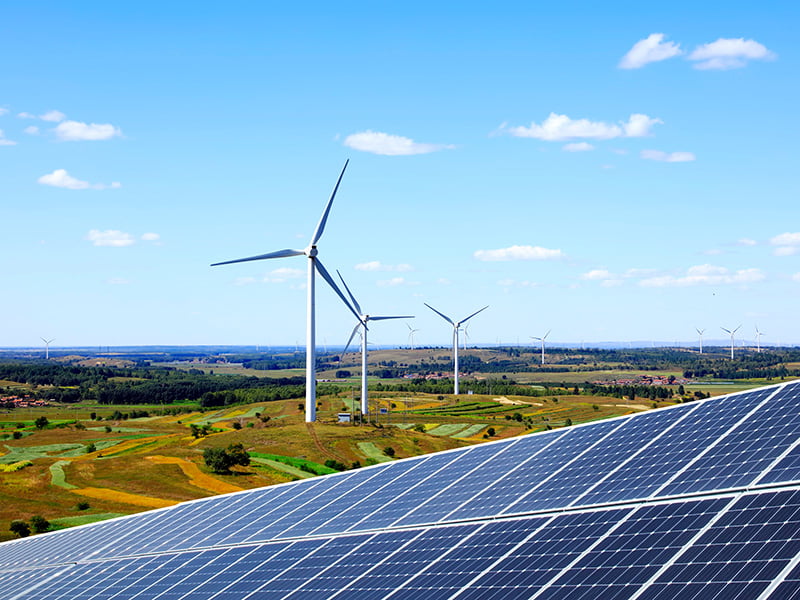Australia stands at a critical juncture in its energy transformation. As the global economy pivots towards sustainability, our nation has a unique opportunity to reimagine industrial policy and position ourselves as a leader in clean manufacturing and energy innovation.
The current moment demands more than incremental change. We need a bold, strategic approach that combines policy innovation, technological investment, and long-term vision. The Future Made in Australia agenda represents a promising start, but we must go further to secure our economic future and address the complex challenges of energy transition.
Australia’s renewable energy journey has been impressive, with significant investments in solar and wind generation. However, we’re now encountering a critical inflection point. Curtailed power generation and frequently negative electricity spot prices during the day signal that we’ve reached a bottleneck for front-of-meter solutions. The next frontier is not just generating renewable energy, but storing and strategically time-shifting it to address peak demand.

This is where innovative policy can truly make a difference. We need a multi-pronged approach that promotes opportunities for a clean manufacturing and energy storage ecosystem in Australia. There’s a lot of inspiration to be drawn from global counterparts in developing effective policy, and while no single solution exists, several pragmatic policy changes could be effectively implemented in Australia.
Firstly, we could look to implement targeted tax credits that directly reward the production of clean industrial heat. It’s not a novel idea — the US has been taking leadership on this thinking — but for us here in Australia, by creating financial incentives, we can accelerate the adoption of breakthrough technologies like long-duration energy storage (LDES) that can fundamentally reshape our energy landscape.
A well-designed production tax credit (PTC) specifically for clean industrial heat would be a smart, strategic investment in manufacturing leadership, job creation, and public health, while simultaneously propelling our nation toward its climate objectives.
Second, we need to reform electricity markets to recognise the true value of flexible, LDES technologies. The Australian Energy Market Operator (AEMO) and networks should be empowering the uptake of LDES as an alternative to grid augmentation. LDES assets actively trade energy to shift load to off-peak periods, not just maintain standby capacity like short-duration batteries. This approach can lower costs for all customers and provide critical energy security.
We should also consider implementing a carbon border adjustment mechanism. Historically, Australia has been a dumping ground for emissions-intensive products. The transport sector is a great example of this. By placing tariffs on imported products with high embedded carbon content, we can reduce Australia’s emissions footprint and incentivise action beyond our borders.
We also need to frontload investment in LDES and renewable heat technologies to establish ourselves as a clean manufacturing leader. The government, through the Australian Renewable Energy Agency (ARENA), has allocated $440 million under the National Industrial Transformation Stream to decarbonise the industrial sector. This funding commitment is commendable, but it is dwarfed by the total investment required over the coming decades. AEMO’s 2024 Integrated Systems Plan recommends that we will require 61 GW of storage capacity by 2050, which is about 17 times the current levels.
Critically, this transformation requires bipartisan commitment. The transition to net zero is not just an environmental imperative but an economic opportunity. By creating a stable, supportive policy environment with a clear long-term direction, we can support the commercialisation of emerging technologies and secure Australia’s place in the global clean energy economy.
The global energy landscape is being rewritten. Australia can be a protagonist in this story—not a spectator. By implementing forward-thinking policies that support technological innovation, we can transform our industrial base, create meaningful jobs, and establish ourselves as a clean energy powerhouse.
Our journey has only just begun, and the opportunities are boundless.
Will Furness is the head of business development for MGA Thermal
Do you know more? Contact James Riley via Email.
